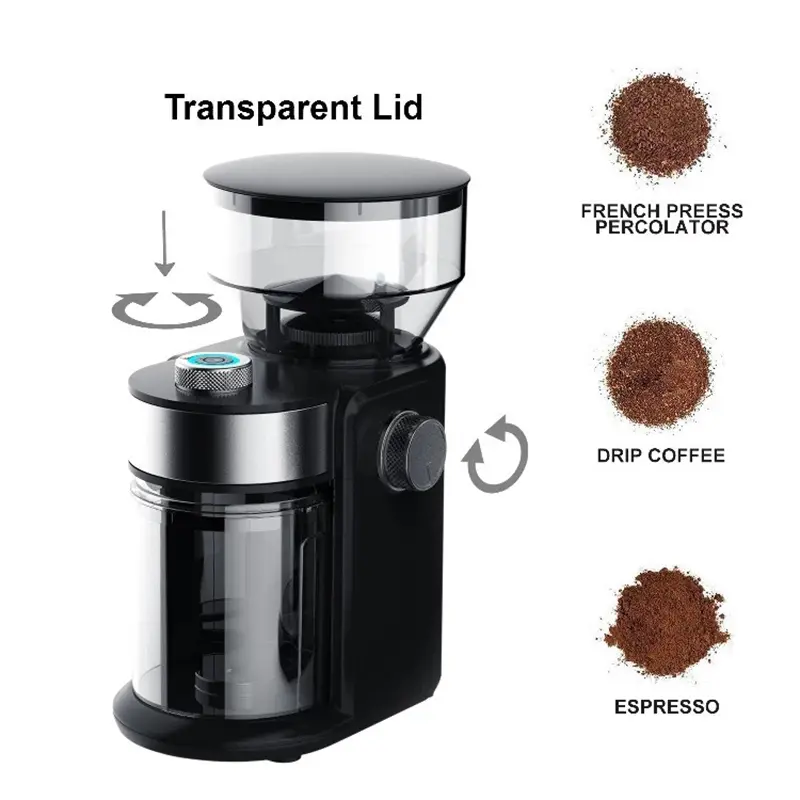how coffee machines are made
Coffee makers have become an essential part of our daily lives, providing the much-needed caffeine to start our day on the right foot. While we appreciate a good cup of coffee, we rarely stop to contemplate the intricate processes behind the creation of these remarkable machines. Today, let’s take an in-depth look at the process of making a coffee machine.
The manufacturing process of coffee machines begins with research and development. Manufacturers invest significant time and resources in understanding consumer needs, market trends and cutting-edge technologies. This phase ensures that the final product meets user expectations in terms of quality, functionality and design. Market research helps identify key features that set coffee machines apart, such as programmability, brewing options, and the ability to customize.
After the design phase is complete, the actual production of the coffee machine begins. Manufacturers carefully select materials that are durable and reliable, since coffee machines need to withstand high temperatures and constant use. Stainless steel is a popular choice for its durability and corrosion resistance, while plastic components are used to achieve the desired aesthetic.
Assembling a coffee maker is a meticulous process. It involves multiple components, from the water reservoir and heating element to the brewing unit and control panel. These components undergo rigorous testing to ensure they meet safety standards and function properly. Each part is carefully assembled by skilled technicians who work in sync to make the coffee machine look like new again.
One of the key elements of any coffee machine is the brewing system, which determines the quality of the final beverage. Different manufacturers use different brewing methods, such as drip brewing, espresso brewing, or capsule-based systems such as the popular Nespresso. The choice of brewing system depends on the intended use and target market of the coffee machine.
After the coffee machine is assembled, it undergoes a thorough quality inspection. This includes functional testing to ensure that all buttons and switches are functioning properly, stress testing to ensure optimal brewing conditions, and safety testing to avoid any electrical or mechanical failures. The machines have also been tested for durability, simulating long-term use and various environmental conditions.
Once the coffee machine meets all quality criteria, it can be packaged and distributed. The manufacturer carefully packs each machine to ensure it remains safe during shipping. Instructions for use, warranty cards and coffee samples are often included to enhance the user experience. The coffee machine is then shipped to a distribution center or directly to a retailer, ready to reach eager coffee lovers.
All in all, the process of making a coffee machine is a complex and interesting journey. From the initial research and development phase to final assembly and quality control, every step is critical in creating a product that results in a delightful and consistent cup of coffee. The dedication of countless people behind the scenes ensures that our mornings are filled with the comforting aroma of freshly brewed coffee. Next time you’re sipping your favorite cup of coffee, take a moment to appreciate the craftsmanship and innovation of your coffee maker.
